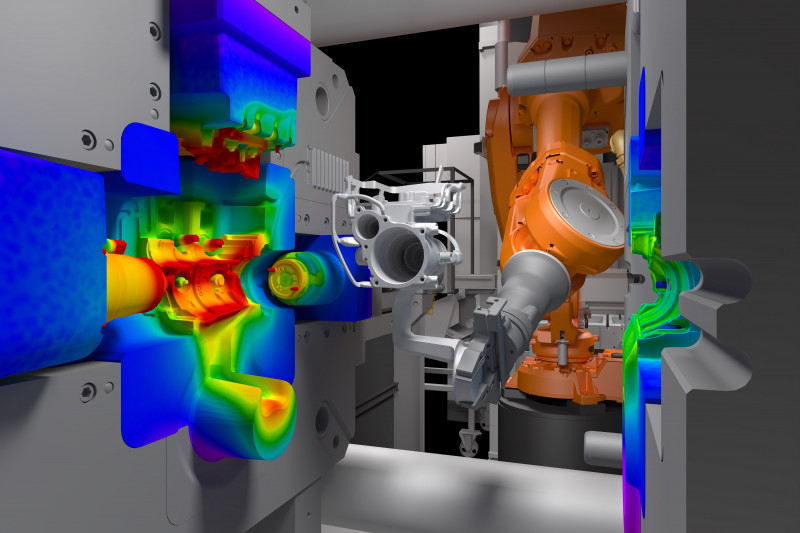Aluminum die casting is a popular method of manufacturing metal components. It offers several advantages, including high accuracy, smooth surface finish, and the ability to produce complex shapes. To achieve these benefits, it’s essential to create a high-quality die cast mold. In this guide, we’ll take a closer look at the process of creating an aluminum die cast mold and the key considerations that need to be taken into account.
Step 1: Create a Design
The first step in creating an aluminum die cast mold is to create a design. This involves determining the exact specifications of the component that you want to produce, including its size, shape, and features. There are several software tools available that can help with this process, including computer-aided design (CAD) software.
Step 2: Choose the Right Material
Once you have a design in place, it’s time to choose the right material for the mold. The most common materials used for die cast molds are steel and aluminum. Steel is more durable and can withstand higher temperatures, but it’s also more expensive. Aluminum is less expensive and easier to machine, but it’s not as durable as steel.
Step 3: Create the Mold
The next step is to create the mold itself. This involves machining the mold from the chosen material, using precision tools and techniques to ensure that it meets the exact specifications of the design. The mold will typically consist of two halves, which come together to form the shape of the component being produced.
Step 4: Add the Core
Once the mold is complete, it’s time to add the core. The core is a solid piece of metal that is inserted into the mold and used to create the cavity where the molten metal will be poured. The core needs to be precisely machined to ensure that it fits correctly into the mold and creates the desired shape.
Step 5: Pour the Metal
With the mold and core in place, it’s time to pour the metal. This involves heating the aluminum to a high temperature and then pouring it into the mold. It’s essential to pour the metal slowly and evenly to ensure that it fills the mold completely and doesn’t create any air pockets or defects.

Step 6: Cool and Remove the Component
After the metal has been poured, it needs to be allowed to cool and solidify. This typically takes a few minutes, depending on the size of the component. Once the metal has cooled, the mold can be opened, and the component can be removed. The component may need to be trimmed or finished to remove any excess metal or rough edges.
Step 7: Clean and Inspect the Mold
Finally, it’s important to clean and inspect the mold after each casting. This helps to ensure that the mold is free from defects or damage and is ready for the next casting. The mold may need to be cleaned using specialized equipment, such as ultrasonic cleaners or shot blasters, to remove any residue or buildup.
Conclusion
Creating an aluminum die cast mold requires careful planning, precise machining, and attention to detail throughout the entire process. By following the steps outlined in this guide, you can ensure that you create high-quality metal components that meet your exact specifications. Whether you’re producing small parts for a hobby project or large components for an industrial application, the right mold can make all the difference in achieving the best results.
-

- Magnesium alloy die casting auto parts transfer case
-

- OEM die-casted parts& components
-

- CNC machined parts & components
-

- Integrated 3-spoke wheel for MTB with CNC machining &surface treatment
-

- Bicycle Freehub 12/14/16 Inch Children Bike Low Rider Bikes Magnesium Aluminum Alloy Children Bicycle 3-8 Years Old In Stock
-

- Magnesium alloy die-casting LED display frame

 0086-750-5616188
0086-750-5616188 +86 13392089688
+86 13392089688 sales@zhongmei-tech.com
sales@zhongmei-tech.com







